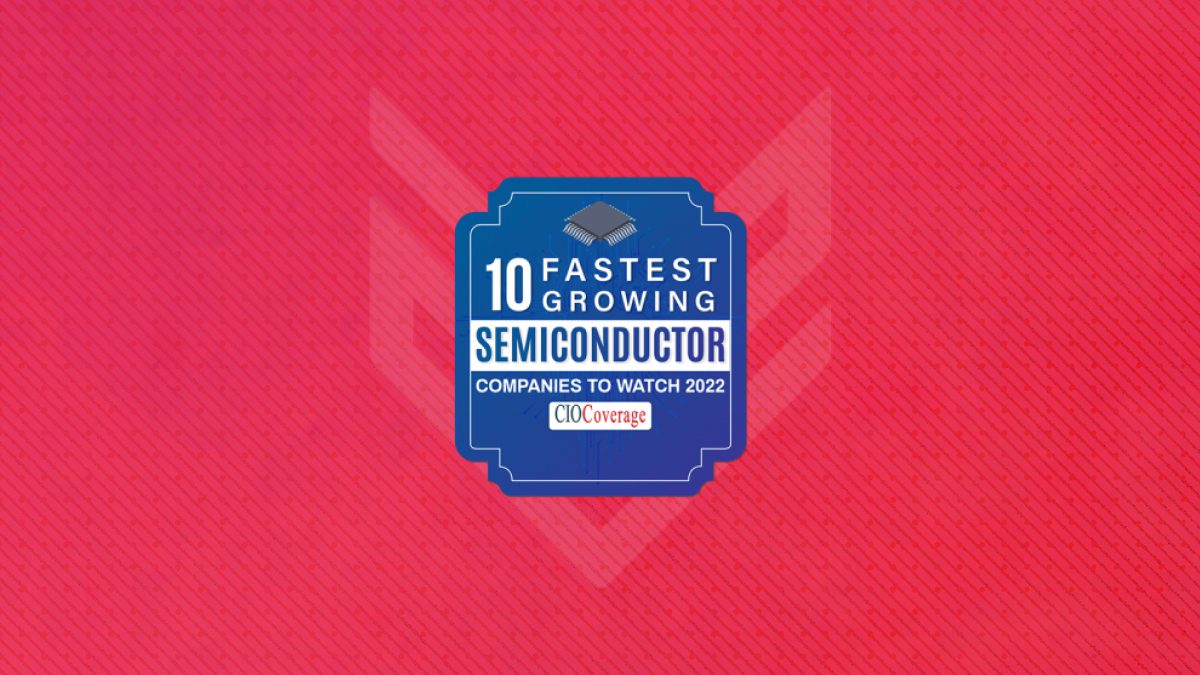As parts of the world ease into the fall season, many are considering how to mitigate risks among semiconductor supply chain delays and power cuts. Though the industry has yet to recover from the impact of the pandemic, more issues continue to arise for those in the field. In this month’s update, we will cover some of the current issues facing the industry. We will also discuss tips for dealing with the problems and maintaining resilience despite the difficulties. Read on for the latest updates on the supply chain and industry!
Mitigating Risks during the Semiconductor Shortage
The semiconductor shortage is still causing problems for the semiconductor industry. For some companies, this means new product launches are being delayed. Even tech giants like Apple are not immune to this continuous roadblock. Reportedly, Apple may reduce the number of products produced due to the continued shortage. This comes in the midst of warnings and fear that some electronic products will not be available in time for Christmas this year. However, the shortage is impacting more than handheld electronics, including the automotive industry, video game industry, and other industries such as the food industry. Have you noticed a shortage of chicken wings lately? While the semiconductor shortage certainly has much to do with this, we also have to account for labor shortages and increased demand thanks to the pandemic. Thanks to many products being ‘stuck’ in transit, the industry is facing many bottlenecks. Even items that are produced and ready to get into the hands of consumers aren’t on the shelves due to issues with the supply chain. Though this has caused much frustration at all levels, experts are not surprised. Many are predicting the Summer of 2022 for a full ‘recovery.’
Power Cuts in China: How it will Affect the Industry
Though the industry has yet to recover from the impact of the lockdowns last year, new developing issues threaten its improvement. Power cuts in China have already shut down factories, severely affecting production. These power cuts are a result of electricity shortages in the area. Though blackouts are not uncommon overall, the current shortage could result in a domino effect of production throughout the globe. The intensity of the current power shortage is in part due to the aftermath of the lockdowns. As many around the globe attempt to ‘bounce back,’ demand for products made in China has skyrocketed. This, in turn, leads to the need for more power. Rising coal prices have followed the need for more power. The semiconductor industry isn’t the only one facing issues. Many manufacturers do not have the power needed to produce their products due to the power cuts and power shortages. This contributes to the threat of a lack of products available in time for Christmas, in addition to the bottlenecks the industry is already experiencing.
Micron Estimates the Fastest Growing Markets in the Next Decade
Even with the many struggles of the last few years, there is hope for the automotive and industrial markets. The CEO of Micron Technology, a “…world leader in innovative memory solutions…”, predicts that the demand from automotive and industrial markets will drive them to become “…the fastest growing market for the memory and storage industry.” This benefits Micron greatly seeing as they are the leader in this market. The demand for technology is also great news for distributors such as Velocity. The growth from 5G continues to lead to more demand and innovation overall.
Despite the previous and current issues disrupting the industry, the team at Velocity Electronics continues to persevere. Thanks to their dedication and hard work, we are surpassing sales goals and innovating for the future. Despite the bottlenecks, energy cuts, and growing demand, there is much to look forward to for the future of the industry.



